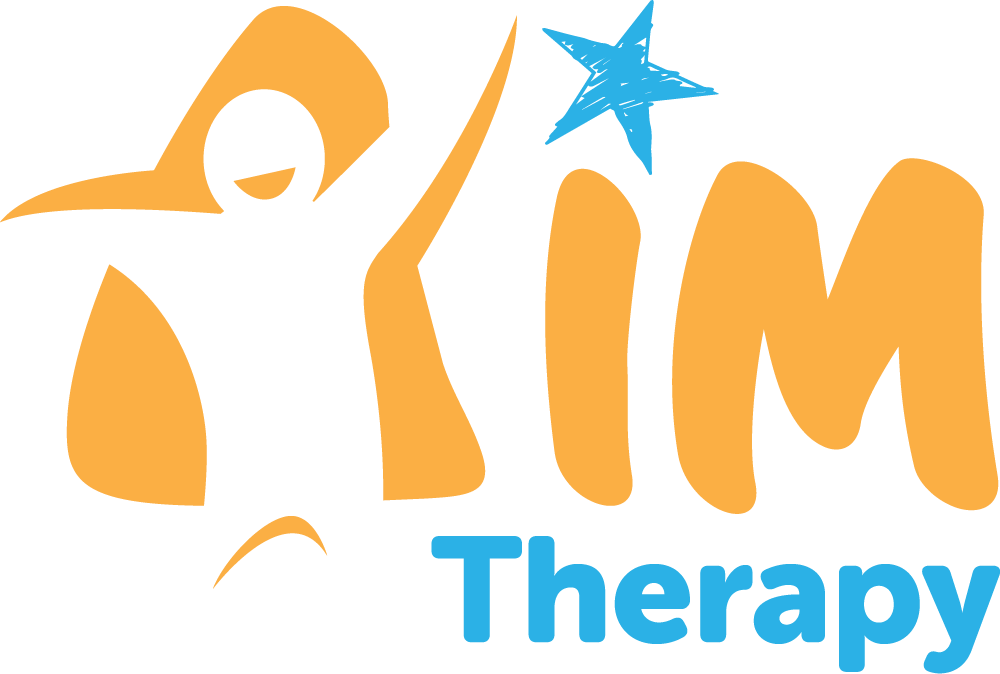If reading and spelling are goals for your child’s OT their visual perceptual skills and eye muscles are likely to be assessed prior to a treatment plan being put into place. Areas included in the assessment are below:
– Visual perception is the ability to see and interpret visual information. A child with poor visual perceptual skills may have difficulty visually attending to an activity and copying shapes, letters and numbers.
— Visual attention: includes scanning/ tracking, selective attention, focusing skills (visual shifts and visual vigilance)
— Visual Discrimination: the ability to perceive the difference and similarities in forms. It is recognising subtle visual differences, i.e. between letters (b/d) and words (was/saw or big/dig).
— Visual Motor Integration: the ability to coordinate visual information with motor output for precise visual guidance of movement. A child with poor visual motor integration may have difficulty controlling movements, visually attending to an activity, copying shapes, letters, numbers, cutting and executing fine mechanical tasks.
— Visual Memory: the ability to remember what is seen. It is a skill required for word recognition and copying tasks, for example in writing, spelling and reading.
— Spatial relations: is the ability to be aware of the position of oneself relative to other objects in the environment. These skills are required for understanding directions and understanding the left and right side of the body.
— Form constancy: is the ability to recognise and label objects or shapes even when it is presented in a different angle or environment.
— Sequential memory: refers to skills involved in remembering details in the correct sequence, such as the ability to remember and write the sequence of letters for spelling.
— Figure ground: is the ability to visually scan a busy background and identify one specific piece of information, skills related to finding materials in a messy drawer or environment.
— Visual closure: is the ability to interpret a picture, object or words even when it is incomplete or partially hidden. This skill is helps children read and comprehend quickly; their eyes do not have to individually process every letter in every word for them to quickly recognise the word by sight.
– Scanning/Tracking and Saccades: scanning from letter to letter, word to word, looking ahead and predicting text, moving from one line to the next. Recognising the order of number or letters in words and left to right progression when reading and writing.
– Focusing Skills: the ability to maintain clear focus at a particular point (a word on a page) and the ability to rapidly change focus from one point to another (copying from the board to the book) (visual shifts and vigilance).
At AIM Therapy, we take great pride in delivering Occupational Therapy services as unique as your child from Assessment to Intervention to Meeting of goals. If you would like more information about our services or would like to go ahead with a booking, we welcome you to contact us 6150 8339 or hello@aimtherapy.com.au.

